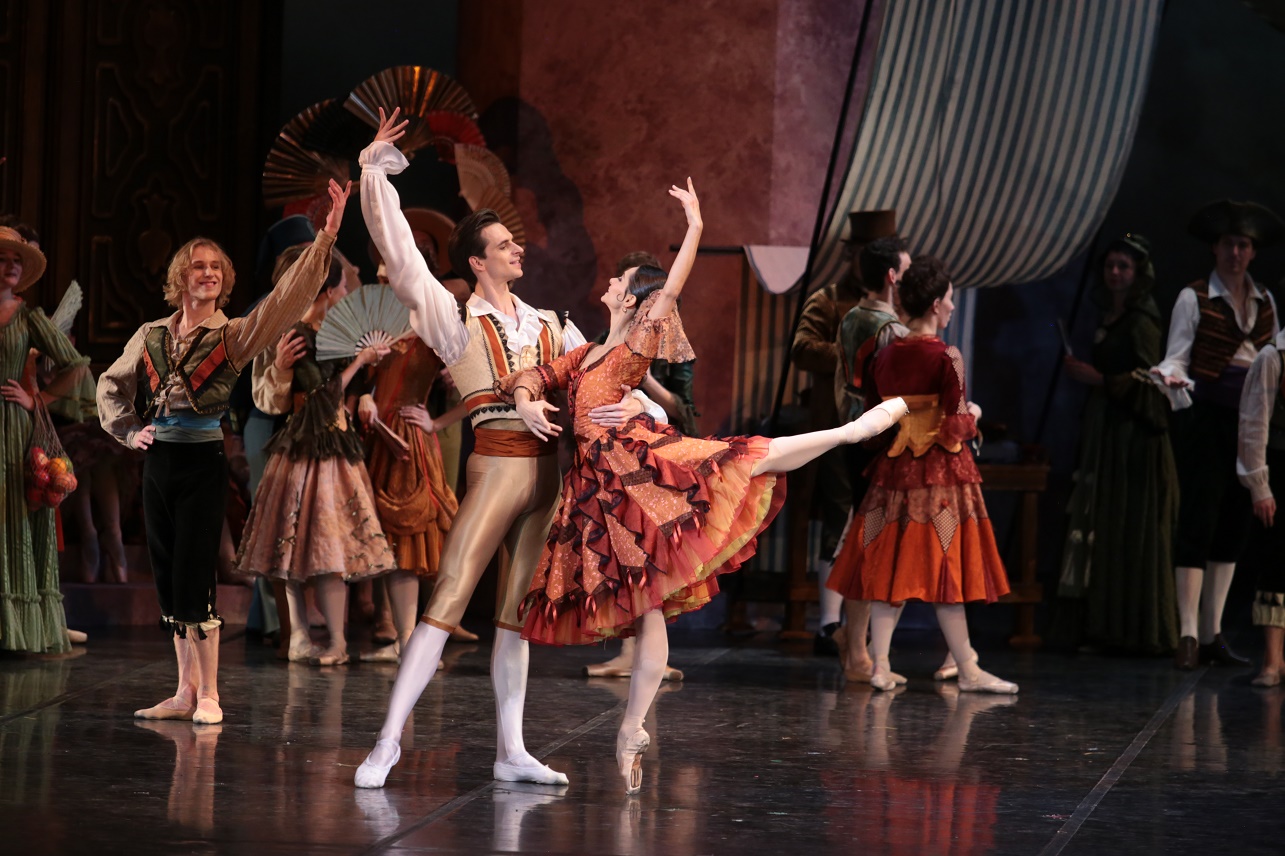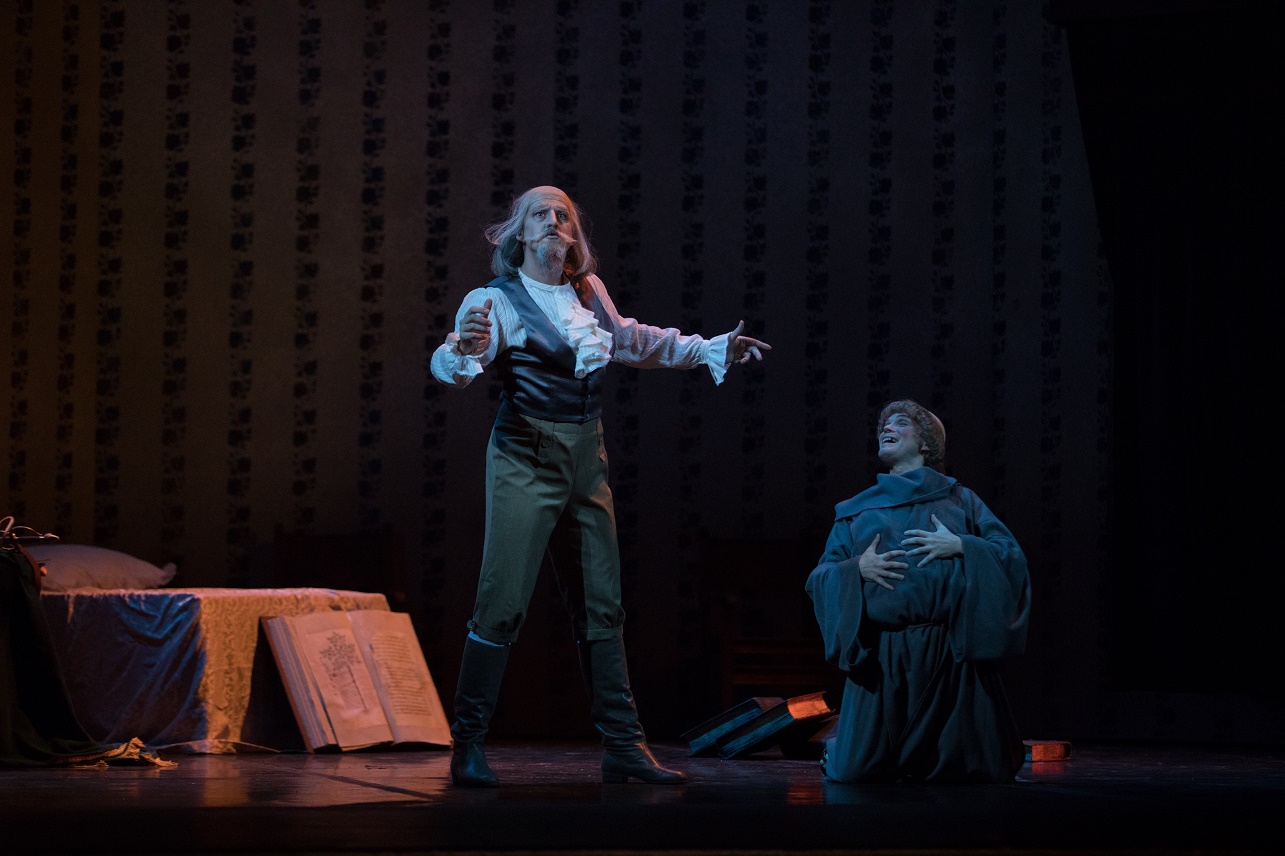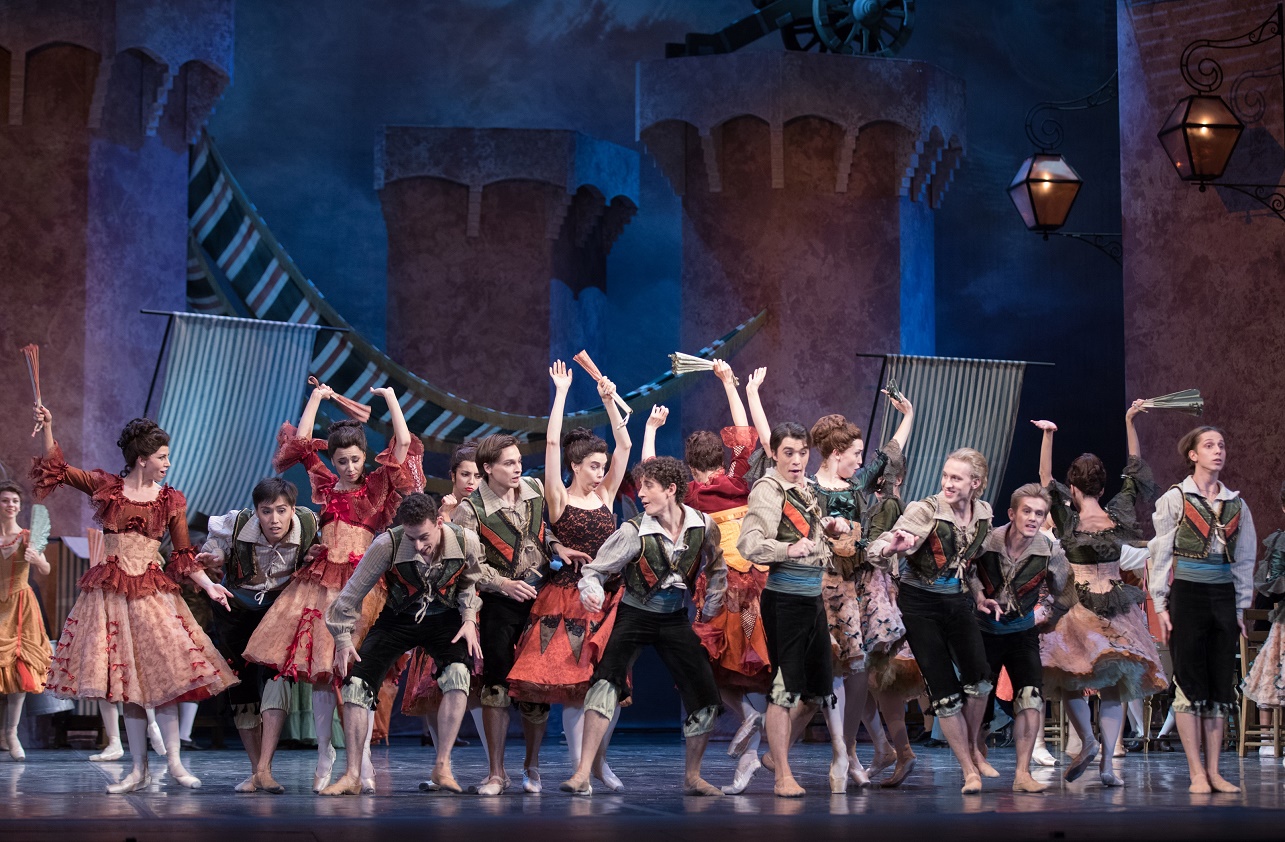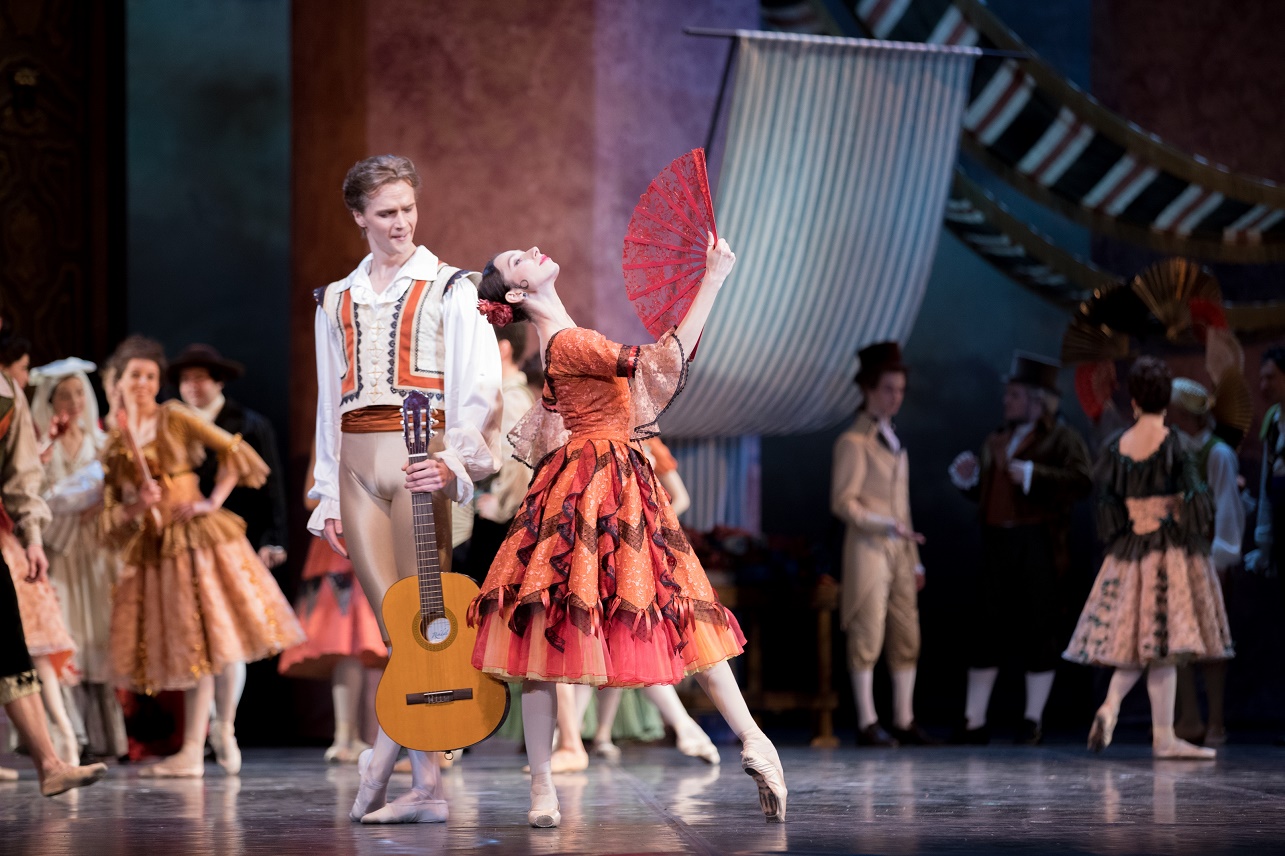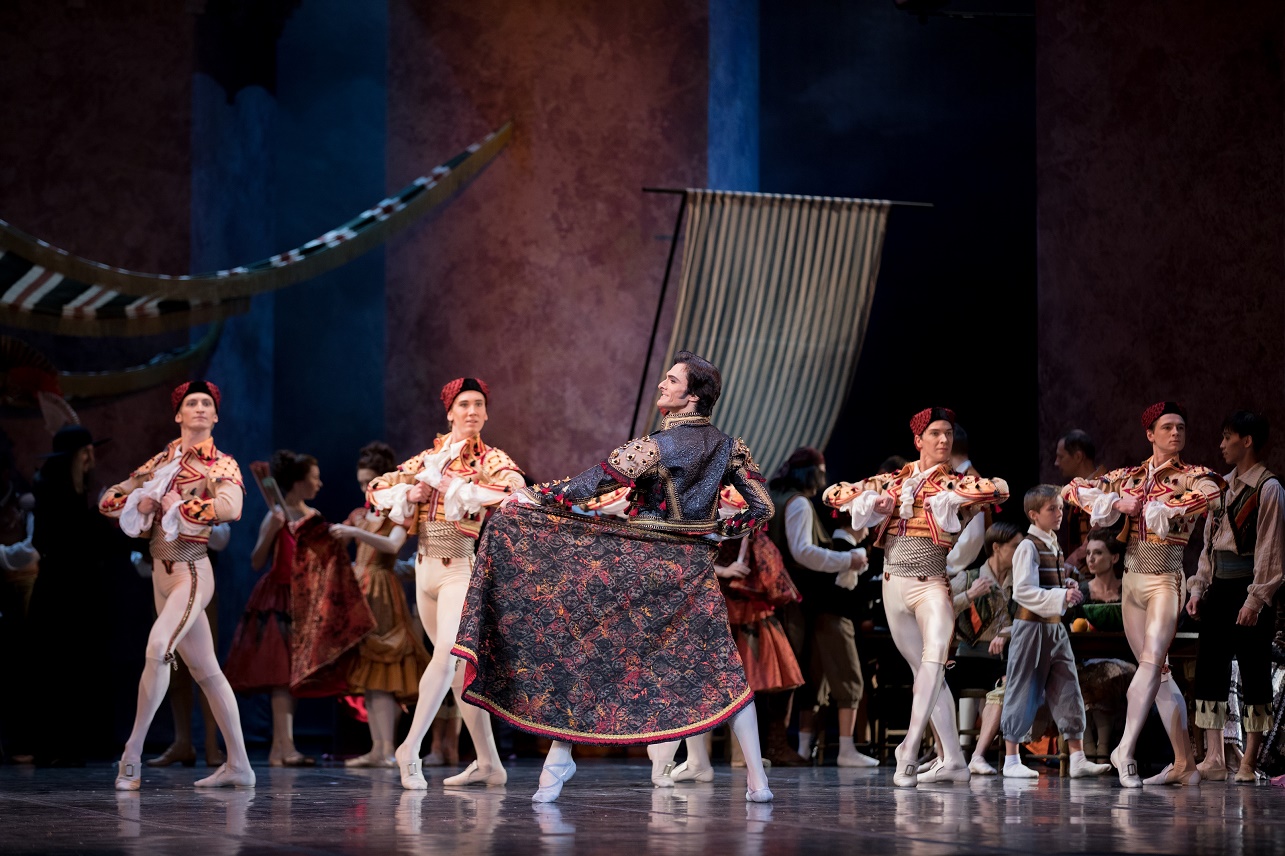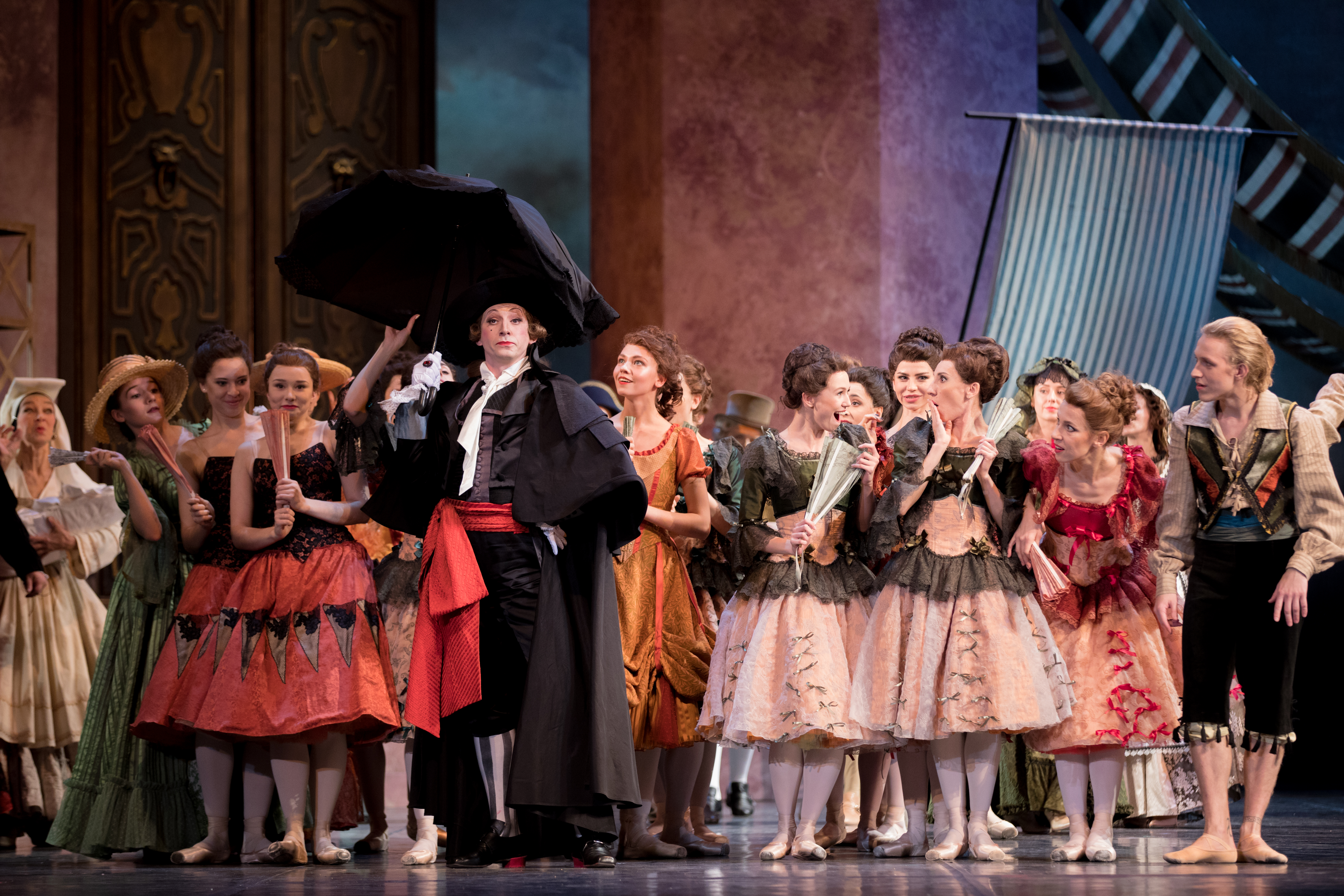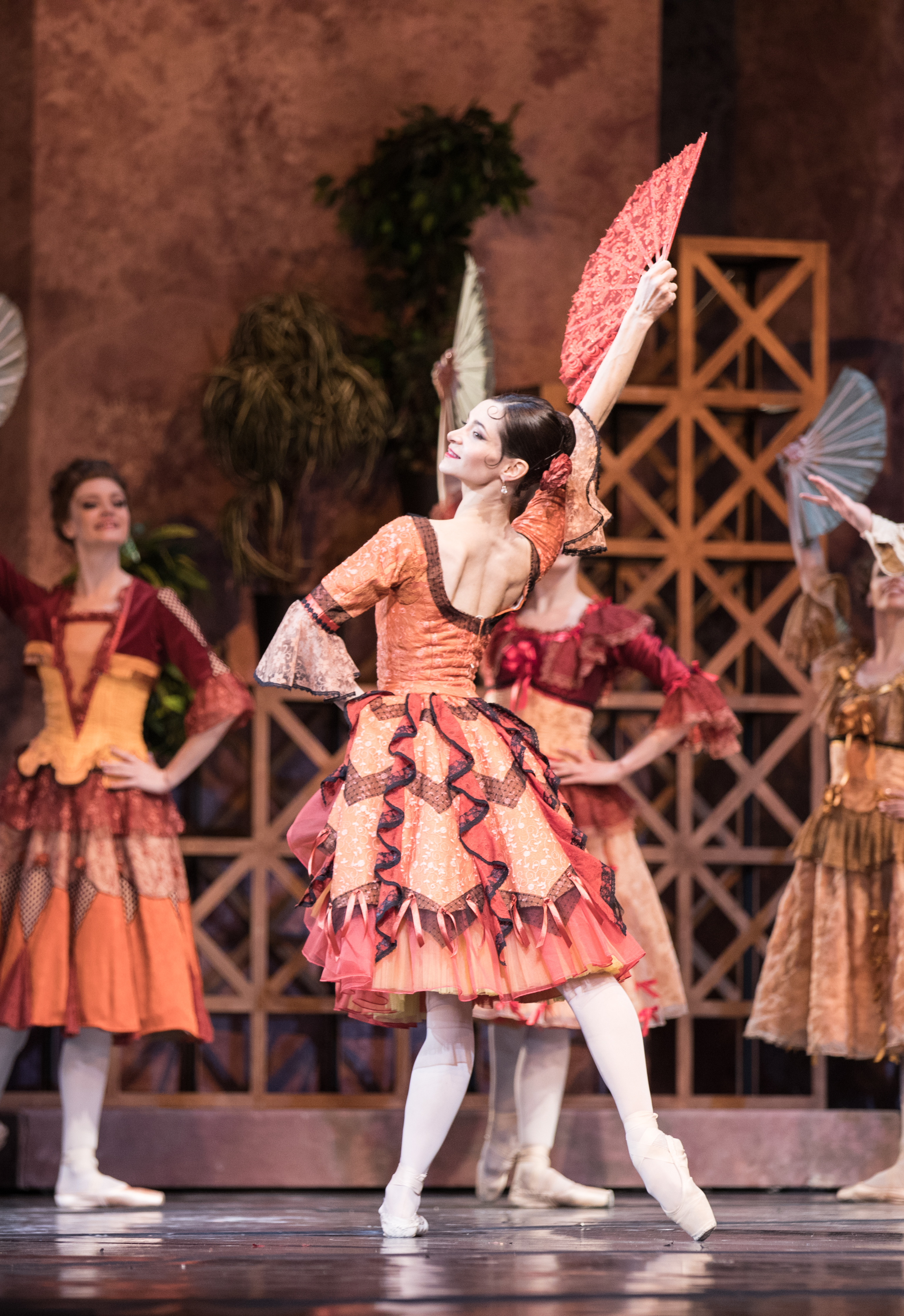Rudolf Nureyev admired the genius of Marius Petipa and followed the tradition of the great classical ballet. Nureyev’s contribution to the development of this tradition was the fact that he emphasized the nobility of male dance, aimed to give a slightly higher status to it than was previously accepted in classical choreography. However, it didn’t result in his neglecting female dance; there are many variations for ballerinas in his productions. Having established equality between female and male parts in ballet, Nureyev turned out to be very modern in his quests, despite his classical priorities in the field of dance.
In my opinion, Don Quixote is Nureyev’s best ballet production: in its dramatic plot, in the concept, and in the dance technique, which is very difficult here. For example, a lot of movements start with the left foot, which is unusual, but it is very good for the dancer as it educates his versatility. Another important point that characterizes Nureyev as a choreographer: he never explained the role, did not talk about the interpretation, did not give any hints. He believed that the choreography, the internal structure of the ballet can speak without words. Each artist should, in accordance with his talent, vision, charisma, create his own interpretation of the role. The artist’s freedom does not mean any changes in the choreography, but only individual interpretation.
Laurent Hilaire,
Artistic Director of the Stanislavsky and Nemirovich-Danchenko Ballet
supported by









